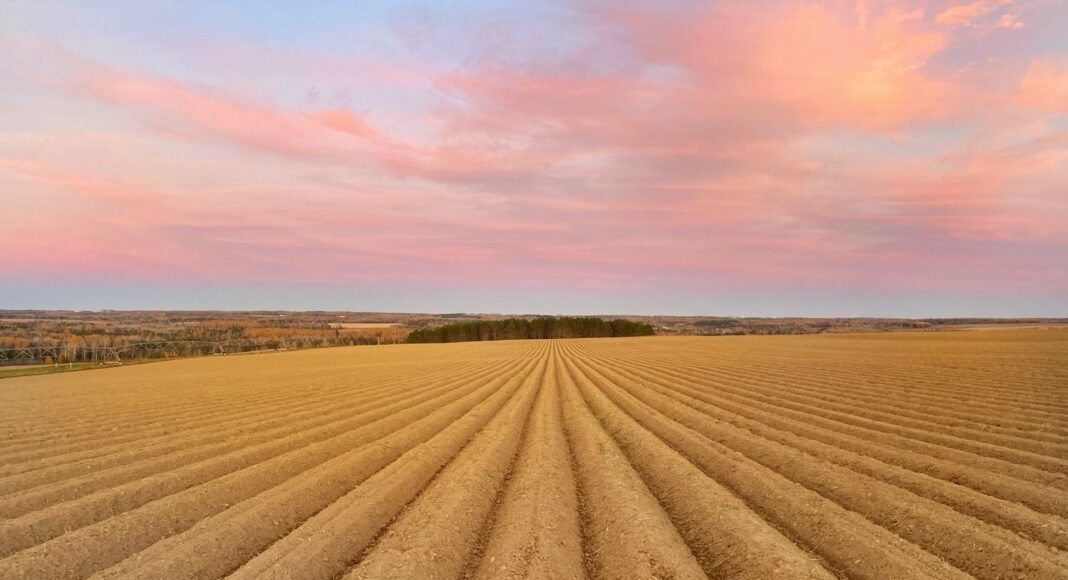My favourite part of my job is learning from producers who speak personally about real challenges and real opportunities in their own fields. At our recent Potato School, held in December 2022, I talked with a few producers who offered some very interesting take-aways that might prove useful on your farm too.
One grower trialed soil fumigation with Strike (a chloropicrin-based product) on a handful of acres in 2020, mostly to better manage common scab and other soil borne diseases. Pleased with the results, he’s increased his treated acreage each year. Last fall, he fumigated several hundred acres.
This grower hills and fumigates in one pass in the fall, plants a cover crop to keep his soil from blowing through the winter, then plants directly into the hills in the spring. He says the system produces more potatoes and significantly increases marketable yield.
He says that in his market (like most) quality is king and even the slightest skin blemish can turn a potato from a perfect product to a cull. Strike, he says, is not only decreasing skin blemishes by a significant amount, the healthier, treated tubers even seem to have a little added shine to them.
The grower also noted Strike allows him to produce potatoes more sustainably. Chloropicrin use reduces soil tillage, promotes plants with a larger root system, and supports the growth of soil microbes, which translate to healthier soil and lower nutrient application requirements. It also allows him to reduce irrigation due to improved water uptake from healthier roots.
Because he hilled and fumigated in the fall, spring tillage was significantly reduced. This allowed him to get into the beds a little earlier in the spring, letting growing plants tap into early season moisture. His system actively retains water. By planting right into the hills without added disturbance, the seed sits on undisturbed, nice moist ground, which holds the moisture better when he does start irrigating.
Some of the grower’s acres are so sandy that he jokes he can pretend he’s at a beach. In his first year farming those acres, he pumped three to four inches of water per week onto the hills yet barely kept a crop growing. Once he added fall fumigation with Strike, however, hills closed sooner and, by early July, required just half as much water as previous years thanks to significantly bigger roots and a healthier soil biology. He says the change since starting soil fumigation with Strike is so significant that, rather than sand that just slides through his fingers, his soil is now thick and almost loamy because there’s so much healthy life holding it together.
If you have a personal account of using Strike that you’d like to share, I’d love to hear it. Send me an email or find me online on our website.
Related Articles
Potato School to feature Gary Secor — Sign up now!
Potato School – Is It On Your Calendar?
Why Paul is Guilt-free About Doubling his Yield with Soil Fumigation








